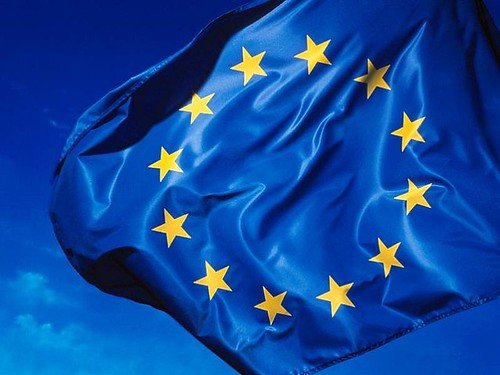In the ever-evolving global landscape, the European Union (EU) aspires to retain its industrial forefront and competitiveness, especially as the world gears more towards digital and eco-friendly products. But an unsettling dependency has emerged. The EU increasingly leans on other countries, notably China, for its supply of vital minerals.
The Backdrop
A backdrop of escalating geopolitical concerns casts a shadow over these economic dependencies. The recent invasion of Ukraine by Russia and the palpable U.S.-China standoff have underlined ‘risk’ as a pivotal term in the EU’s economic lexicon. As the 27-nation bloc deliberates over safeguarding supply chains and the extent to which technology should be disseminated, these subjects are set to take center stage at an imminent EU summit.
Reducing Dependencies
At the heart of the EU’s concerns is the overarching ambition to reduce its reliance on external sources for pivotal strategic products. These are especially the ones instrumental in the green transition, such as lithium for electric vehicle batteries and rare earths, essential components of wind turbine magnets.
To put the dependency into perspective, China has established dominance by processing approximately 90% of the world’s rare earth elements and controlling 60% of its lithium.
However, the EU’s game plan is to pivot away from this over-reliance. By 2030, it intends to enhance domestic extraction, recycling, and processing of such crucial raw materials. The target is clear: ensure that no external countries supply more than 65% of any pivotal mineral.
This strategy to de-risk doesn’t translate into a total decoupling from China. But the EU’s experience with Russia, particularly the heavy reliance on its natural gas and the subsequent supply disruption following Russia’s 2022 invasion of Ukraine, serves as a cautionary tale.
Furthermore, the EU’s skepticism towards China is exacerbated by China’s strengthened alliance with Moscow. This trepidation is compounded by economic figures: the EU’s trade deficit with China has skyrocketed, doubling in just five years to 400 billion euros ($420 billion). Moreover, China’s recent policy requiring export licenses for some key semiconductors ingredients further tightens the noose.
It’s essential to note the depth of the EU’s dependence on China. During the height of the COVID-19 pandemic, the EU turned to China for essential protective gear, and now, they look to China for critical pharmaceutical ingredients and drugs.
Economic Security Strategy: An Overview
The EU’s Economic Security Strategy, launched in June, underscores the bloc’s proactive approach. This strategy zeroes in on various risk factors:
- Supply chain resilience.
- Physical and cyber security of pivotal infrastructure.
- Ensuring technology remains uncompromised.
- Preventing weaponisation of economic ties or economic strong-arming.
The European Commission is advocating for comprehensive risk evaluations in these domains. To counter these risks, the EU is considering bolstering its competitiveness through internal investments or by forging partnerships with an array of nations.
Among the strategic tools at its disposal, the EU might employ protective mechanisms like the newly approved Anti-Coercion Instrument. This could manifest in export controls or investment restrictions in third countries.
For a focused approach, the Commission has singled out four technologies for assessment – semiconductors, artificial intelligence, quantum technology, and biotechnology. These technologies pose potential hazards, especially if misused for military objectives or in human rights violations by certain “countries of concern.”
Though the assessments are to remain neutral, devoid of bias towards any country, the strategy’s tone unmistakably leans towards partnering with nations sharing the EU’s mindset, subtly hinting at the bloc’s intention to lessen its dependency on China.
These evaluations are anticipated to wrap up by year-end, post which the Commission might suggest further actions, possibly concerning outbound investments.
In 2024, the Commission could broaden its scope by examining an additional six technological realms, encompassing sectors like energy, robotics, and space exploration.
The economic strategy also proposes refining the currently inconsistent system for screening external investments in the EU. There are talks of enhancing export controls and fortifying research security.
Challenges and Way Forward
Implementing the strategy isn’t without its challenges. While there’s a consensus on the need for a unified strategy, given the EU’s shared trade policy, individual member nations often grapple with the idea of relinquishing more power to the central Brussels administration.
Recognizing this, the European Commission, which supervises EU trade policies, reassures that the strategy’s execution, including assessments, will be in collaboration with EU governments.
In conclusion, as the European Union navigates its path forward, the intersection of economic interests, security concerns, and geopolitical shifts presents a complex puzzle. Balancing these interests while ensuring long-term security and prosperity will be the defining challenge for the bloc in the coming years.
Read More:
